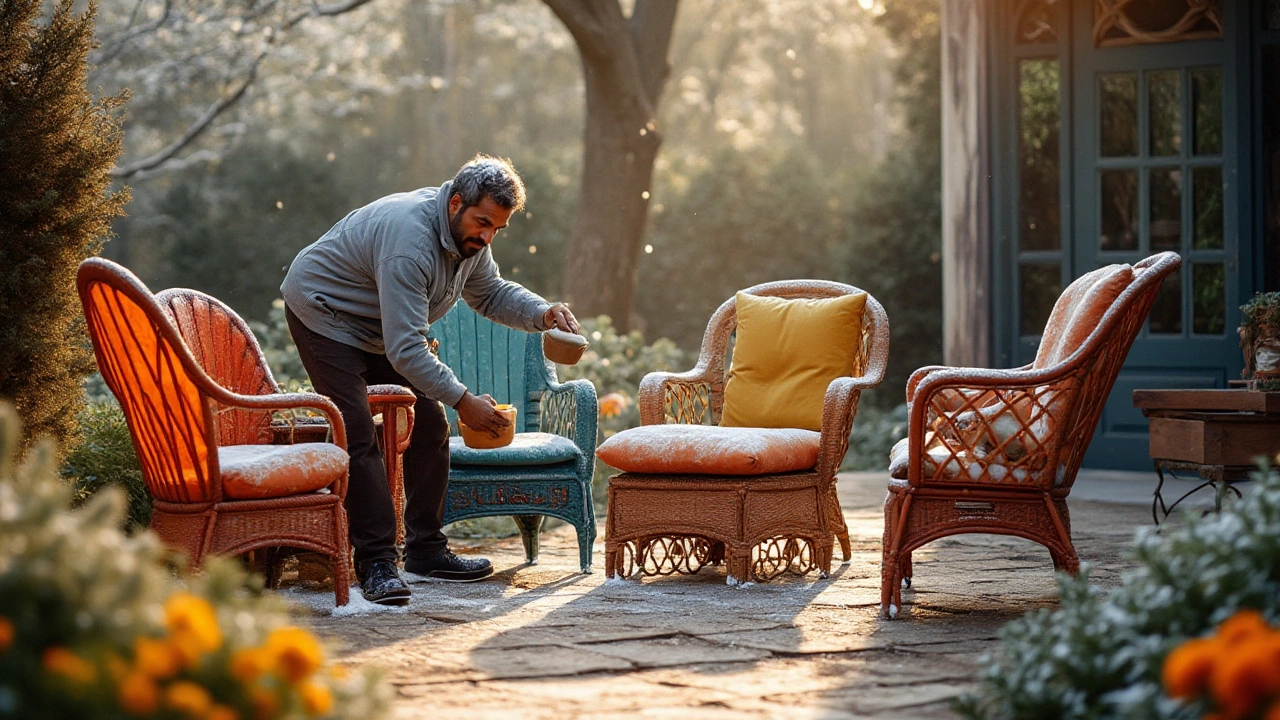Outdoor Maintenance Guide: Simple Steps to Protect Your Patio and Garden
Got a patio set or garden chairs that you love? They’re worth protecting so you don’t waste money on replacements. The good news? A handful of easy habits can keep outdoor pieces looking new, even when the weather turns harsh.
First, think like a caretaker: treat your furniture the same way you’d treat a car. Regular checks, a quick clean, and the right cover can add years to the life of a couch, table, or bench. Below are the most useful tricks you can start using today.
Protecting Garden Furniture from the Elements
Rain, sun, and humidity are the biggest enemies of outdoor furniture. If you own metal, wooden, or wicker pieces, a waterproof cover is a must. Choose a cover that fits snugly—extra slack lets water pool and cause rust or mold.
For wicker, make sure the cover is breathable. Plastic that traps moisture can lead to mildew, especially in shady corners. A canvas or water‑repellent fabric with ventilation holes works best.
Metal frames need a rust‑prevention spray before covering. Spray every few months, especially after a heavy rain. For wooden chairs, an annual coat of outdoor sealant stops swelling and cracking.
If you can store furniture during the winter, do it. A dry garage or a 10x10 storage unit works fine for most sofas and tables. Measure the unit first—most three‑seater couches fit comfortably if you leave a few inches of clearance on each side.
Everyday Outdoor Cleaning & Storage Hacks
Cleaning doesn’t have to be a chore. A mild soap solution and a soft brush remove dust and pollen in minutes. Rinse with a hose on low pressure to avoid pushing water into joints.
Don’t forget to check the bottom of coffee tables and side tables for debris. A quick wipe with a damp cloth prevents stains and keeps the floor clean.
When you need to move a couch through a tight doorway, measure the width of the hallway and the couch’s deepest point. Most modern sofas are under 35 inches wide, so a standard doorway (32‑36 inches) usually works. If you’re unsure, tilt the couch gently and slide it sideways for the narrowest profile.
To stop mold from growing in storage, keep the area dry. Use silica gel packs or a dehumidifier in the unit. Mold loves humidity, so aim for under 50% relative humidity. A quick air‑dry before you box anything up can save you from a costly cleanup later.
Lastly, protect the legs of your furniture with felt pads or rubber caps. Not only do they stop scratches on your patio floor, but they also reduce moisture absorption into the leg material.
Stick to these easy steps, and you’ll notice a big difference in how your outdoor space looks and feels. No fancy tools, just a little routine and the right protection. Your patio will stay inviting, and you’ll avoid the headache of early replacements.
Winter Care for Garden Furniture: Tips and Tricks
Winter can pose challenges for garden furniture, but with proper care, your pieces can withstand the harsh weather. This article offers insights into how different materials react to cold and moisture, and provides practical steps to protect furniture such as storage solutions, cleaning methods, and protective treatments. Learn how to maintain your outdoor space so it remains inviting and functional, even during winter.





